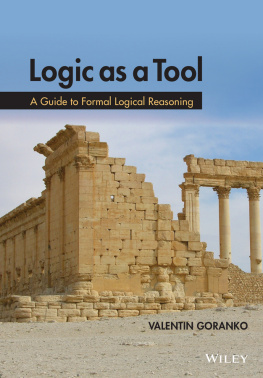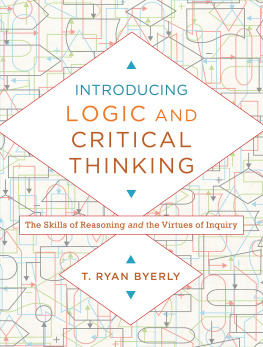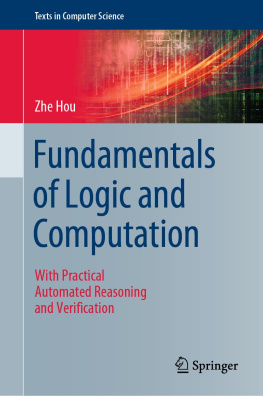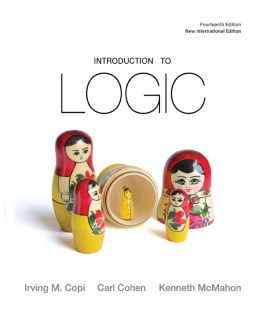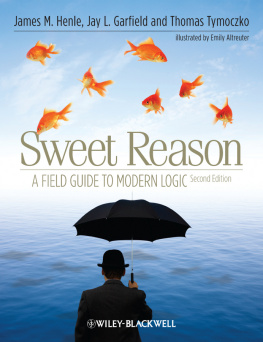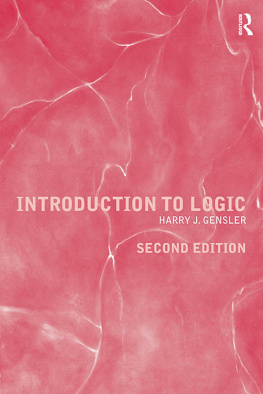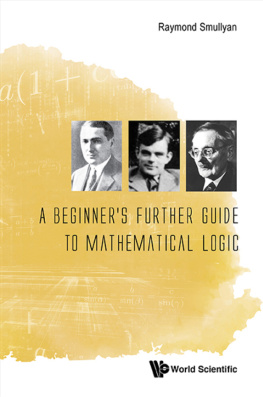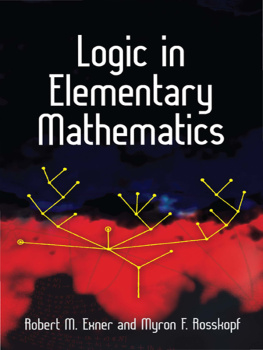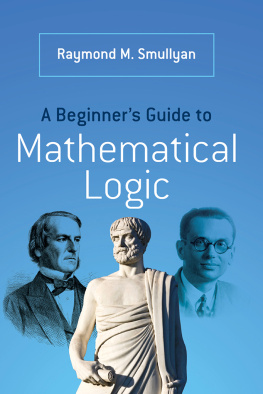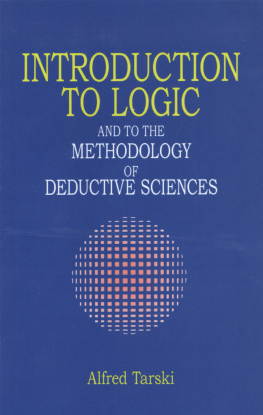
This edition first published 2016
2016 by John Wiley & Sons, Ltd
Registered office
John Wiley & Sons Ltd, The Atrium, Southern Gate, Chichester, West Sussex, PO19 8SQ, United Kingdom
For details of our global editorial offices, for customer services and for information about how to apply for permission to reuse the copyright material in this book please see our website at www.wiley.com.
The right of the author to be identified as the author of this work has been asserted in accordance with the Copyright, Designs and Patents Act 1988.
All rights reserved. No part of this publication may be reproduced, stored in a retrieval system, or transmitted, in any form or by any means, electronic, mechanical, photocopying, recording or otherwise, except as permitted by the UK Copyright, Designs and Patents Act 1988, without the prior permission of the publisher.
Wiley also publishes its books in a variety of electronic formats. Some content that appears in print may not be available in electronic books.
Designations used by companies to distinguish their products are often claimed as trademarks. All brand names and product names used in this book are trade names, service marks, trademarks or registered trademarks of their respective owners. The publisher is not associated with any product or vendor mentioned in this book.
Limit of Liability/Disclaimer of Warranty: While the publisher and author have used their best efforts in preparing this book, they make no representations or warranties with respect to the accuracy or completeness of the contents of this book and specifically disclaim any implied warranties of merchantability or fitness for a particular purpose. It is sold on the understanding that the publisher is not engaged in rendering professional services and neither the publisher nor the author shall be liable for damages arising herefrom. If professional advice or other expert assistance is required, the services of a competent professional should be sought.
Library of Congress Cataloging-in-Publication Data
Names: Goranko, Valentin, author.
Title: Logic as a tool : a guide to formal logical reasoning / Valentin Goranko.
Description: Chichester, UK ; Hoboken, NJ : John Wiley & Sons, 2016. | Includes bibliographical references and index.
Identifiers: LCCN 2016010458 (print) | LCCN 2016014532 (ebook) | ISBN 9781118880005 (cloth) | ISBN 9781118880050 (pdf) | ISBN 9781118880043 (epub)
Subjects: LCSH: Logic--Textbooks.
Classification: LCC BC71 .G67 2016 (print) | LCC BC71 (ebook) | DDC 511.3--dc23
LC record available at http://lccn.loc.gov/2016010458
A catalogue record for this book is available from the British Library.
This book is dedicated to those from whom I have learned\break and to those who will learn from it.
Preface
Unlike most books and textbooks on logic, this one purports to teach logic not so much as a subject to study, but rather as a tool to master and use for performing and structuring correct reasoning. It introduces classical logic rather informally, with very few theorems and proofs (which are mainly located in the supplementary sections). Nevertheless, the exposition is systematic and precise, without compromising on the essential technical and conceptual issues and subtle points inherent in logic.
Aims
This textbook covers only the core of classical logic, which itself is just the heart of the vast and growing body of modern logic. The main aims of the book are:
- to explain the language, grammar, meaning, and formal semantics of logical formulae, to help the reader understand the use of classical logical languages and be able both to formalize natural language statements in them and translate back from logical formulae to natural language;
- to present, explain, and illustrate with examples the use of the most popular deductive systems (namely, axiomatic systems, Semantic Tableaux, Natural Deduction, and Resolution with the only notable exclusion being Sequent Calculus, which is essentially inter-reducible with Natural Deduction) for mechanizing and computing logical reasoning both on propositional and on first-order level, and to provide the reader with the necessary technical skills for practical derivations in them; and
- to offer systematic advice and guidelines on how to organize and perform a logically correct and well-structured reasoning using these deductive systems and the reasoning techniques that they provide.
Summary of the content and main features
The structure of the book reflects the two levels of expression and reasoning in classical logic: propositional and first-order.
The first two chapters are devoted to propositional logic. In , I present several deductive systems used for deriving logical consequences in propositional logic and show how they can be used for checking the logical correctness of propositional arguments and reasoning. In a supplementary section at the end of the chapter I sketch generic proofs of soundness and completeness of the propositional deductive systems.
The exposition of propositional logic is uplifted to first-order logic in the following two chapters. In by extending the respective propositional deductive systems with additional rules for the quantifiers. Derivations in each of these are illustrated with several examples. Again in a supplementary section, I sketch generic proofs of soundness and completeness of the deductive systems for first-order logic.
contains some applications of classical logic to mathematical reasoning and proofs, first in general and then specifically, for sets functions, relations, and arithmetic. It consists of concise presentations of the basic theories of these, where the proofs are left as exercises. The chapter ends with applications of classical logic to automated reasoning and theorem proving, as well as to logic programming, illustrated briefly with Prolog.
The book ends with a comprehensive set of detailed solutions or answers to many of the exercises.
The special features of this book include:
- concise exposition, with semi-formal but rigorous treatment of the minimum necessary theory;
- emphasis both on conceptual understanding by providing many examples, and on developing technical skills and building experience by providing numerous exercises, most of them standard, yet non-trivial, as well as full solutions or answers for many of them;
- solid and balanced coverage of semantic, syntactic, and deductiveaspects of logic;
- some refreshing extras, such as a few logic-related cartoons scattered around, as well as many biographical boxes at the end of each section with photos and short texts on distinguished logicians, providing some background to their lives and contributions;
- selected references to other books on logic, listed at the end of each section, which are suitable for further reading on the topics covered in the section; and
- a supplementary website with slides, additional exercises, more solutions, and errata, which can be viewed at https://logicasatool.wordpress.com
For the instructor
The textbook is intended for introductory and intermediate courses in classical logic, mainly for students in both mathematics and computer science, but is also suitable and useful for more technically oriented courses for students in philosophy and social sciences.
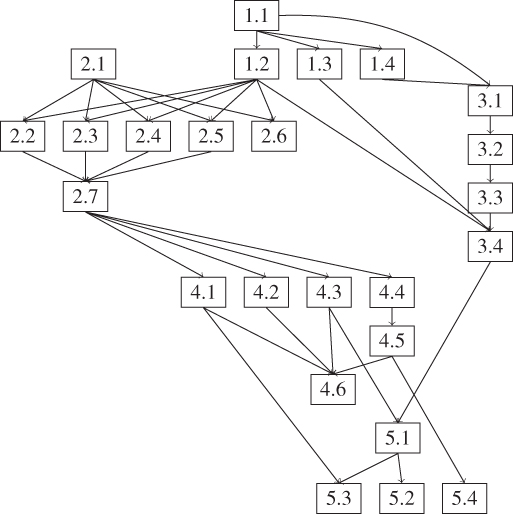 Next page
Next page
